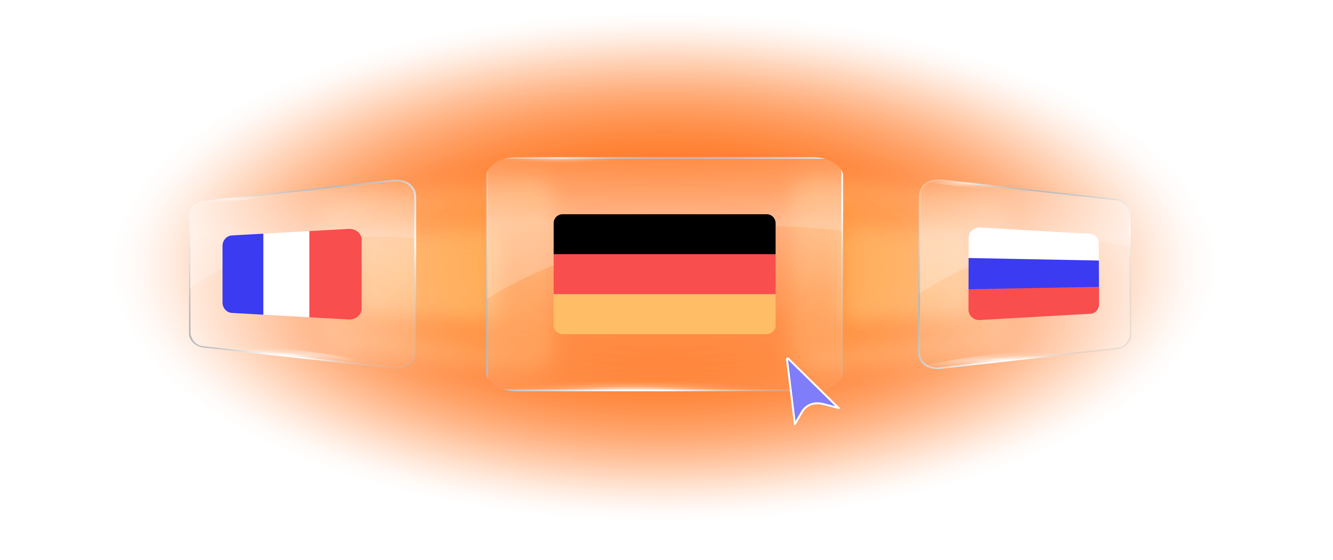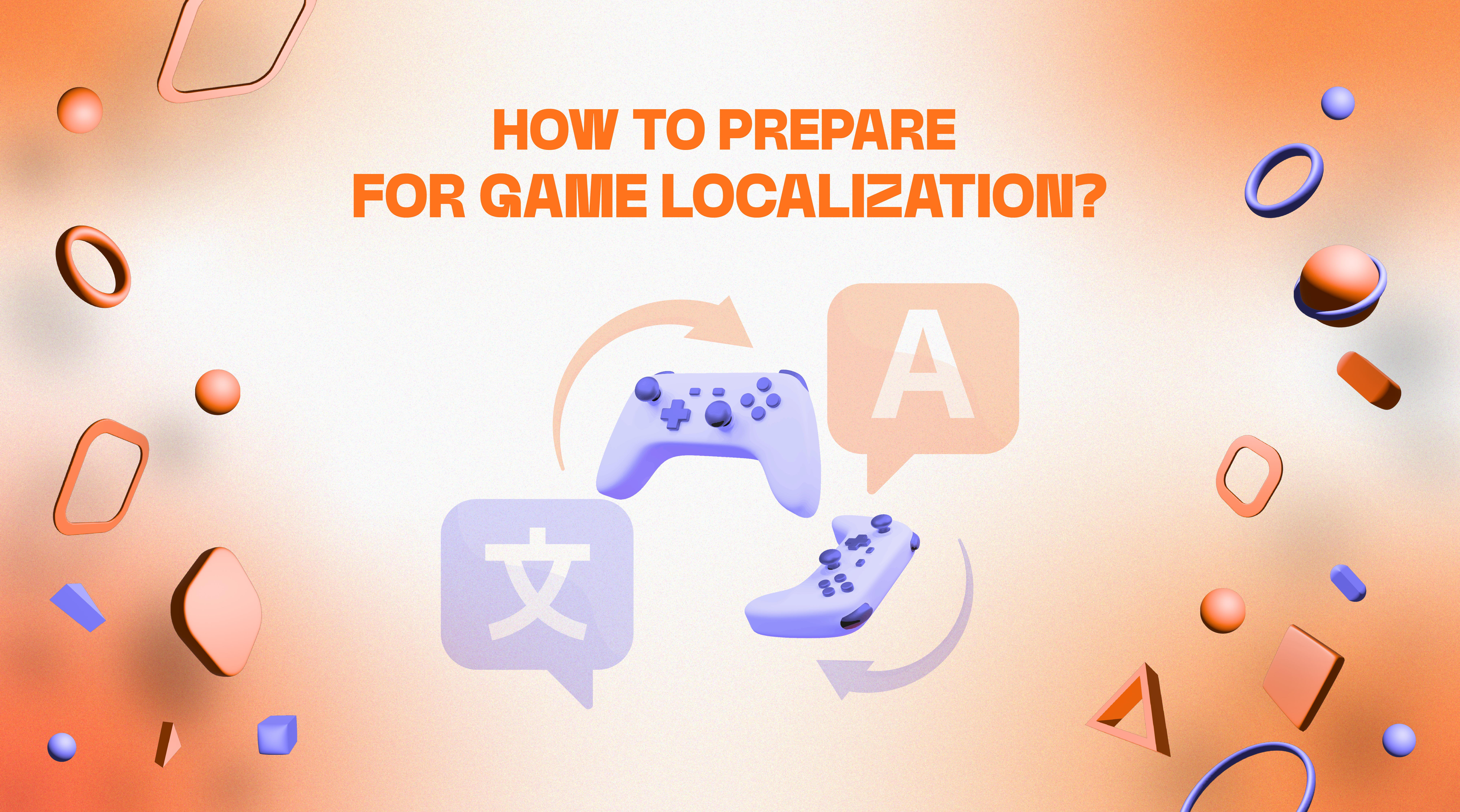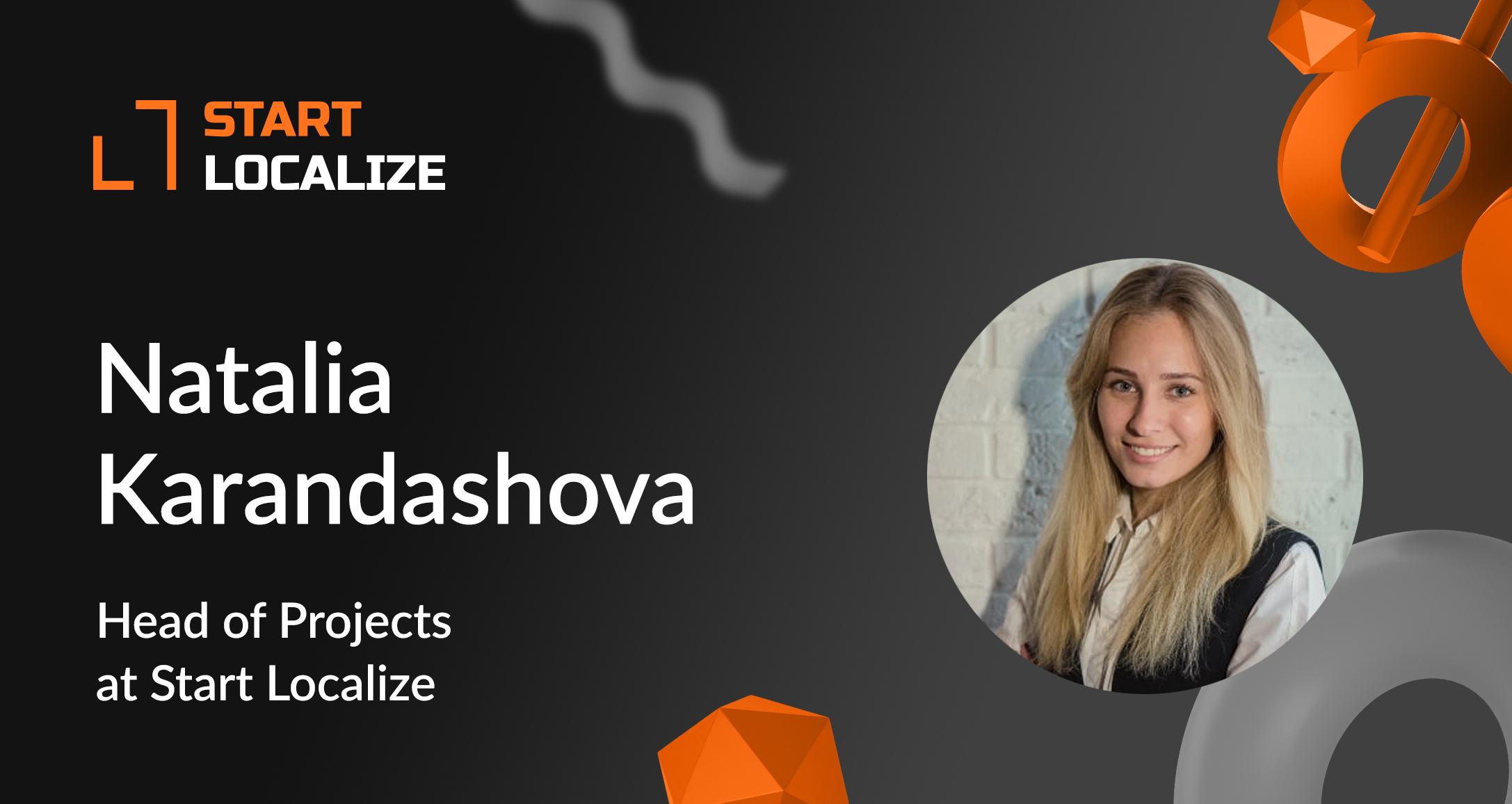Alexander Kutakov, Lead Localization Manager at Start Localize, speaks about the main stages of game localization at our studio from initial evaluation to final project delivery.
The entire localization project can be divided into three main stages. Any project we are given will follow these three stages on its way to becoming a finished product. I'll tell you about each one of these stages in detail.
1. Negotiating with the client's team and discussing project details.
At this stage, we'll evaluate the cost and agree project terms. Here, it's important to determine (i) the target countries and regions for localization; (ii) the per-word translation rate (excluding repeated words and accumulated translation memory, if the project has multiple stages); (iii) the project delivery time frame.
The cost of editing by a second native speaker and linguistic quality assurance (LQA) per language/hour (if requested) may additionally be agreed, as well as cost evaluation for dubbing.
After agreeing terms of business and signing a contract, we move on to the next step.
One of the most important tasks at this stage is creating a project specification:
- project specification includes source file formats;
- how the project will be executed (the "classic" option is a Google Docs file, alternative variants can include via the client's account on our platform, or integration with the client's project);
- methods of communication with our team (e-mail, messengers, etc.);
- information about the game — setting, platform, genre, type, category, main characters, etc.;
- receiving the game itself — it's important for us to have a good look at the project, complete the game, highlight important parts, character names, etc.;
- confirming the appearance of bug reports (if requested).
2. Beginning work on the project (when the project moves to the production department).
At this stage, project managers select a team of translators, taking into account game genre and target language, and glossary development also begins.
The project manager carries out introductory training for translators, wherein tasks are set and materials are issued. After analyzing the materials, the translators play the game, watch trailers, and study the glossaries.
After that, we move straight on to translating. Native-speaking translators are assigned to the project, and work on the translation is carried out, with the project manager sending any questions from the translator to the client. We sent the first 10% of the translation to the client for approval. During the approval, the resulting translation is analyzed and a joint discussion takes place. The remaining work is begun taking into account the client's comments. Another important step here is translation proofreading by an editor.
3. Delivering translation Localization testing (if requested).
After completing the project, the project manager checks all the work based on a checklist, and only after checking all the details the project is sent to the client. If there are any issues after delivery, for example, if the terms of reference have not included information on the number of characters in a certain phrase, then we'll offer alternative options in a timely manner, moreover, two rounds of checks after project delivery are included in the price.
When we carry out LQA (we recommend doing this at this stage, since it's another method of quality control for the entire localization project), our colleagues in the testing department work based on the bug-report form agreed with the client and check the game based on a few key points: checking how the words are arranged in the cells, analyzing the visual component, and checking that the text sounds natural, among other important things.
Of course, here we've only covered a few general points, but just like with the entire game development industry, localization has a lot of small details, which we'll share with you too. We'll also tell you more about our other services — LQA and dubbing.
P.S. And last but not least, playing the game after release. Here, we'll dive deep into the game and play the whole thing. If we come across any changes that need to be made, then we'll make sure to inform our affiliates.




